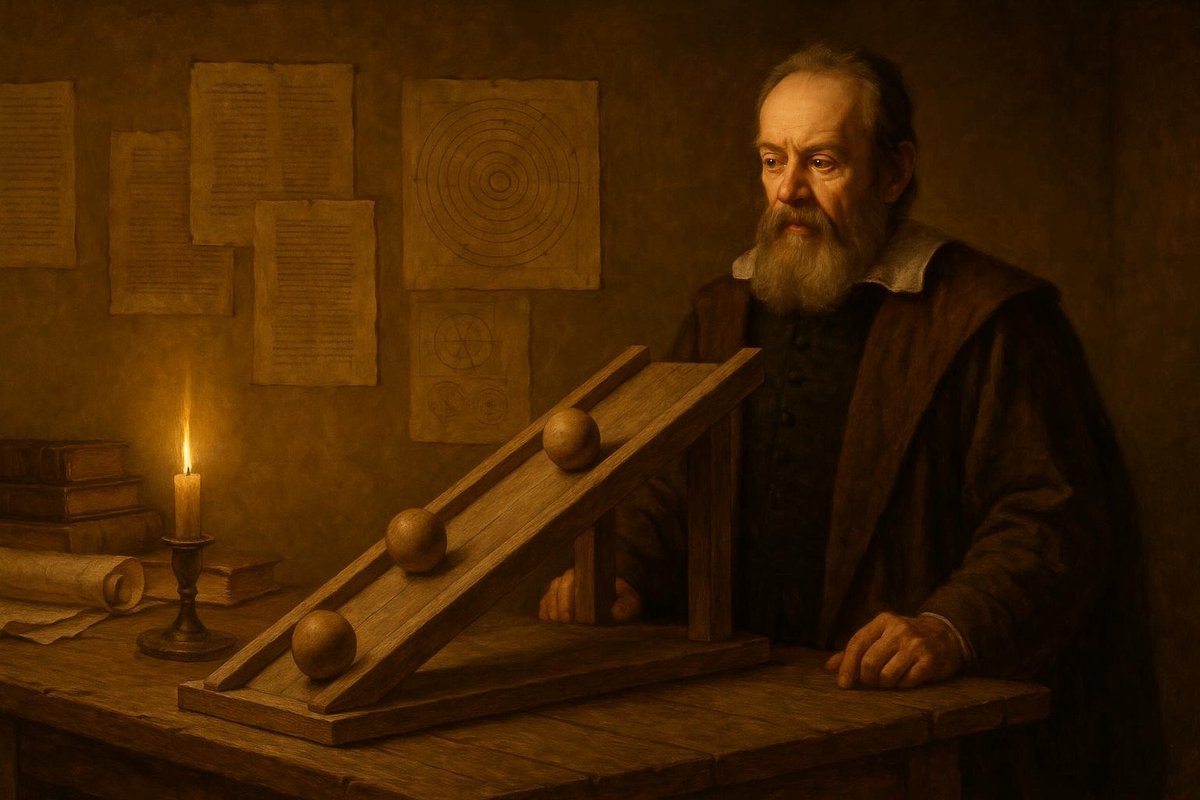
In the heart of Renaissance Italy, a thinker pondered a profound question about the nature of motion. Galileo Galilei, known for his relentless curiosity and innovative spirit, dared to challenge centuries-old doctrines with a deceptively simple experiment. This was no ordinary scientific inquiry; it was an experiment that would forever alter how we perceive the world around us.
Early Influences: The Making of a Scientific Rebel
Galileo was born in 1564 in Pisa, Italy, into a world where Aristotelian physics held sway. His education exposed him to a rich tapestry of ideas, but he was never one to accept things at face value.
- He initially studied medicine before turning to mathematics, attracted by its logical clarity.
- His observations of the natural world were intensely detailed, driven by a desire to see beyond established norms.
Many believe that his mathematical background gave him a unique perspective, allowing him to approach problems with a clarity that was rare for his time. Of course, this analytical mindset set the stage for his revolutionary experimentations.
Crafting Mental Models: The Birth of the Inclined Plane
Interestingly, Galileo’s ability to visualize problems transformed how he approached scientific questions. The inclined plane came about as he sought to understand motion without the interference of air resistance.
- Galileo utilized a smooth wooden plane, inclined at a careful angle, to slow down the motion of spheres rolling down.
- By measuring the time it took for balls to traverse different sections of the plane, he could calculate acceleration in a controlled setting.
This setup allowed for precision and repeatability, two pillars of the scientific method that Galileo helped establish. He demonstrated that the distance covered was proportional to the square of the time elapsed, revealing insights into uniform acceleration.
Overcoming Challenges: Resilience in the Face of Opposition
Galileo’s work, though ingenious, faced stiff resistance. The prevailing views rooted in Aristotle’s teachings were deeply entrenched in academia and society.
- Unlike the scholars of his day, Galileo conducted experiments, challenging the notion that heavier objects fall faster.
- His findings were initially controversial, as they contradicted the established scientific orthodoxy of the time.
Despite skepticism, he persevered, driven by a conviction in empirical evidence. As time goes on, it becomes clear that Galileo’s refusal to conform was a pivotal trait in his success.
Legacy: How Galileo’s Insights Shaped Modern Science
Galileo’s inclined plane experiment was not just a demonstration; it was a cornerstone for modern physics, laying the groundwork for future luminaries like Newton.
- His method of combining observation, measurement, and mathematical analysis became a model for scientific inquiry.
- Galileo’s work heralded a shift from qualitative to quantitative science, emphasizing repeatability and precision.
Today, many consider him the father of modern physics, and his intellectual spirit continues to inspire scientists worldwide. His legacy is a testament to the power of curiosity and the importance of challenging established beliefs to uncover deeper truths about our universe.
In conclusion, Galileo’s mindset echoes through the halls of scientific inquiry even today. His commitment to precision and repeatability reshaped the very foundations of science, reminding us that with persistence and curiosity, we too can unlock the mysteries of nature.
Fuel Someone Else’s Curiosity
If you found Galileo’s journey as fascinating as we did, why not share this article with others? Encourage new discussions and spark curiosity in those around you. After all, every great discovery begins with a single question.

Leave a Reply